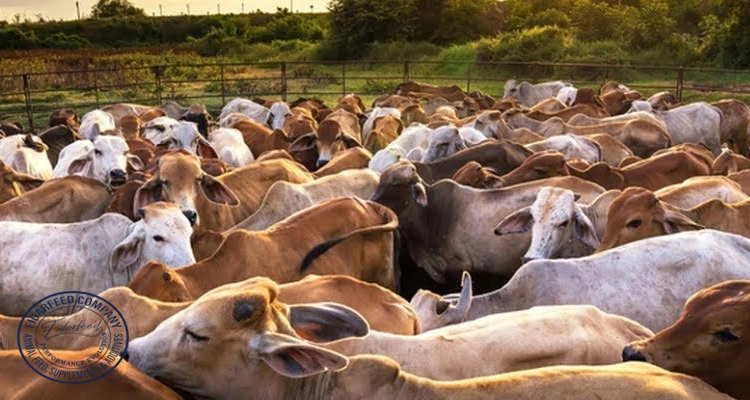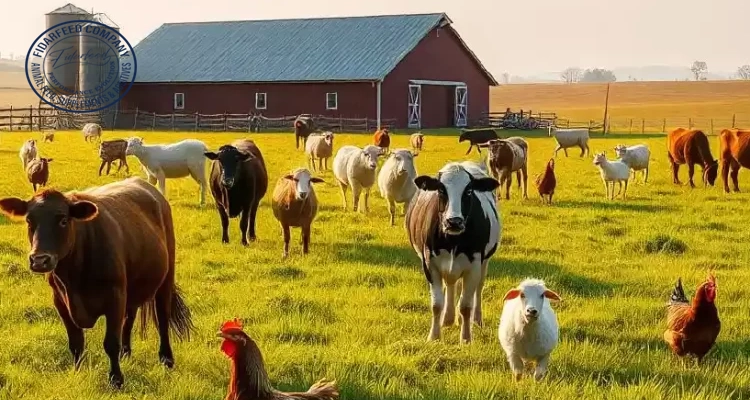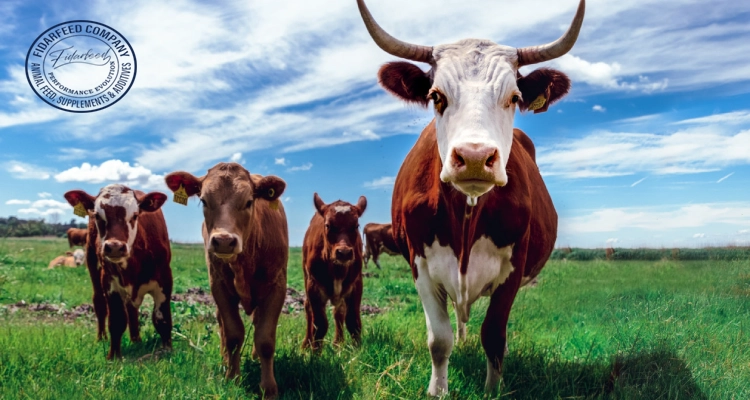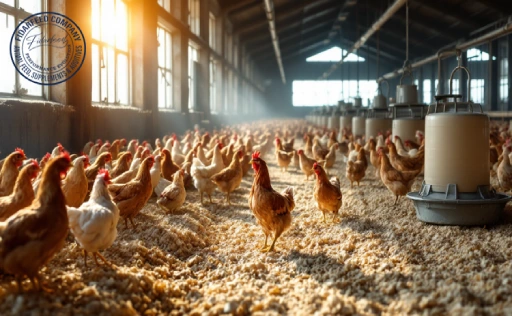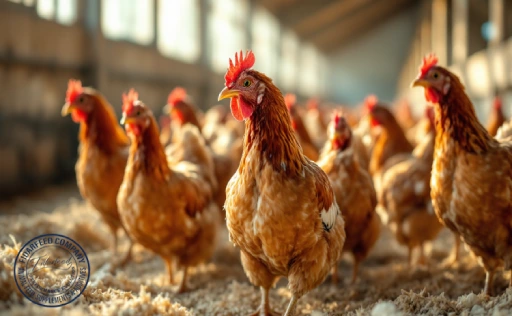Introduction: Why Alternative Protein Sources Matter in Livestock Farming
Alternative Protein Sources in Livestock Farming have become more than just a trending topic—they’re now a vital consideration for any breeder looking to reduce costs, maintain animal performance, and future-proof their operations. As global demand for meat and dairy continues to rise, so does the pressure on feed resources. Traditional protein sources like soybean meal and fishmeal are no longer economically or environmentally sustainable for many breeders. Whether you’re managing a small farm or a large-scale operation, understanding and evaluating these alternative options is essential. Let’s explore why this shift matters and what it could mean for your bottom line.
The Rising Cost of Traditional Protein Sources in Livestock Farming
For decades, soybean meal and fishmeal have been the cornerstones of livestock nutrition. However, their prices have become increasingly volatile due to factors such as global supply chain disruptions, geopolitical conflicts, and climate change. A report by the FAO revealed that soybean prices rose by over 50% between 2020 and 2022, hitting small and mid-sized breeders the hardest.
Learn more about: Probiotic Supplement for Livestock
Beyond price, these sources also come with a significant environmental cost. Deforestation linked to soybean cultivation and overfishing to support fishmeal production are well-documented concerns. Financially, this means breeders are paying more for feed inputs that may not align with long-term sustainability goals—or budgets.
What Are Alternative Protein Sources in Livestock Farming? A Practical Overview
So what alternatives are actually available? Here’s a practical breakdown:
- Insect Meal (e.g., Black Soldier Fly Larvae): High in protein and easy to cultivate locally. Already approved in the EU for certain livestock feeds.
- Algae (Spirulina, Chlorella): Rich in protein and micronutrients, though more expensive to produce at scale.
- Legumes (e.g., Lupin, Faba Beans): Excellent nitrogen fixers and a strong protein source, especially in rotational farming systems.
Learn more about: Essential Guide to Efficient Livestock Waste Management
- By-Products from the Food Industry (e.g., brewery or bakery waste): Affordable and widely available but require processing for safe use.
Each option varies in nutrient composition, digestibility, and cost, but all offer breeders a chance to reduce reliance on traditional protein sources.
Cost-Benefit Analysis: Are Alternative Proteins Really More Economical?
From a pure cost perspective, some alternative proteins are already competitive. For instance, insect meal can be produced on-farm using organic waste, drastically reducing purchase and transportation costs. According to a 2023 study by Wageningen University, farms using 15% insect meal in pig diets reported feed cost reductions of 10% while maintaining weight gain and feed conversion rates.
Learn more about: TMR Silage Production: A Farm-to-Feed Process
Of course, not all alternatives are cheaper upfront. Algae, for example, has high production costs but offers exceptional nutritional density. The key for breeders is long-term value: reduced vet bills due to improved gut health, better animal welfare, and potential price premiums for sustainable products.
Case Studies from the Field: Real-World Use of Alternative Proteins in Livestock Diets
Let’s look at some breeders already seeing results:
- Germany: A poultry farm switched 20% of its protein source to insect meal. Not only did the chickens show improved gut health, but the farm also received sustainability grants from the government.
- Brazil: Swine producers incorporated fermented soybean by-products and saw improved weight gain while reducing feed costs by 12%.
- Kenya: Smallholder dairy farmers used Azolla (a water fern rich in protein), improving milk yield by up to 15% in dry seasons.
These examples show how flexibility and local resource availability play key roles in success.
Learn more about: Boosting Nutrient Absorption in Livestock with Probiotics
Nutritional Value Comparison: Traditional vs. Alternative Protein Sources
From a nutritional standpoint, breeders often ask: do alternatives match up? The short answer is yes—if done right. Insect meal, for instance, has a protein content of around 60% and contains essential amino acids comparable to fishmeal. Legumes offer high lysine levels, which are especially beneficial in pig and poultry diets.
Learn more about: Get the Best Value: Ready-Made Feed for Livestock, Poultry & Aquaculture
However, formulation matters. A poorly balanced diet can lead to performance drops. Collaboration with a livestock nutritionist can ensure proper inclusion rates and dietary balance, especially when integrating newer ingredients.
Sustainability Meets Profitability: Environmental and Economic Wins for Breeders
Alternative Protein Sources in Livestock Farming aren’t just good for the planet—they can also boost profitability. Reduced environmental impact can attract eco-conscious consumers and open new markets. For example, dairy labeled “sustainably fed” commands higher prices in parts of Europe and North America.
Learn more about: Why Choose Prepared Feed for Your Farm Animals: Livestock, Poultry, and Aquaculture
Moreover, by integrating local feed sources, breeders reduce dependency on volatile global markets. This localization lowers transportation costs and strengthens regional agricultural ecosystems.
Challenges and Limitations: What Breeders Should Know Before Making the Switch
Of course, no solution is without challenges. Common concerns include:
- Regulatory Hurdles: Some regions still restrict the use of certain alternative proteins, like insect meal.
- Consistency and Quality Control: Variability in protein content can affect animal performance if not carefully managed.
Learn more about: Did You Know Livestock Productivity with TMR Silage Can Double?
- Acceptance: Some livestock may be initially hesitant to consume unfamiliar feed sources.
Pilot trials, proper processing, and expert consultation can help breeders navigate these challenges effectively.
Final Thoughts: Are Alternative Protein Sources in Livestock Farming Worth the Investment?
In summary, evaluating Alternative Protein Sources in Livestock Farming from an economic standpoint reveals growing potential. While not all alternatives are immediately cheaper, their long-term value in terms of cost stability, animal health, and market positioning is significant.
Breeders who take the time to explore, test, and integrate these proteins thoughtfully are likely to stay ahead in an increasingly competitive and sustainability-driven market.
We invite you to share your experiences or questions about alternative protein sources. Have you tried any of these options? Leave a comment and join the conversation!

